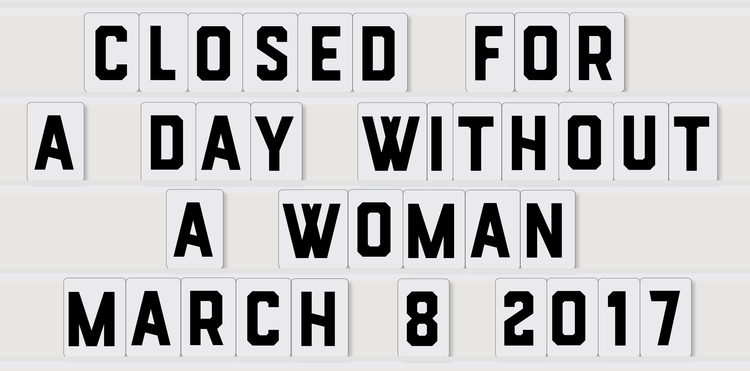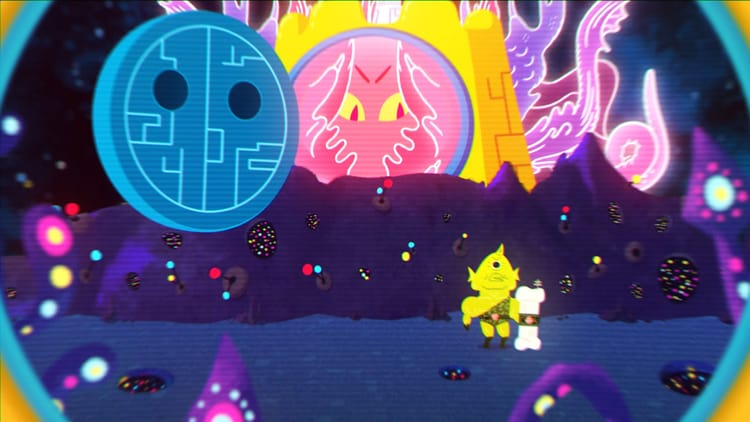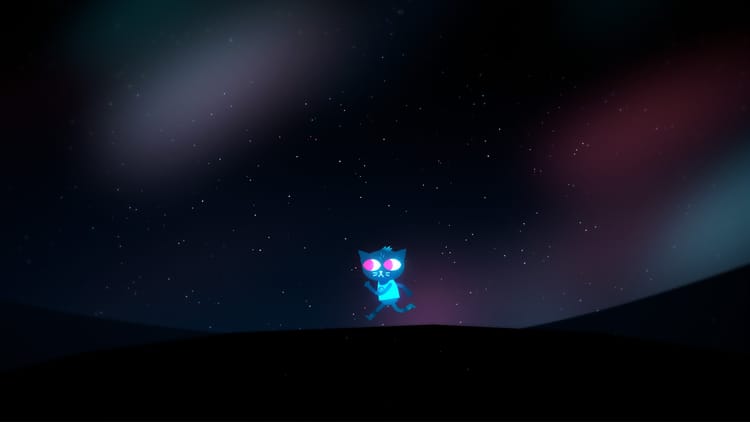Should designers be thinking in gaming terms?

Jody Brown of Arch Daily defines design as such:
Design is about finding a balance. There’s a Japanese word for the place in between “ma”. It’s the interval of time between two things. It’s the point in the swing of a pendulum when the object switches from an upswing to a downswing. It’s the pause just between. It’s the moment just before something happens, or changes, or becomes clear, or comes into focus. But not yet. It’s the best part of the rollercoaster, right after the climb, and just before you fall. It’s anticipation. The space between. Ma
I think that’s where “design” is. When you design something, you start with a blank page. The options seem endless and the task can seem too complex. In fact, most of us never get past this point. But, as you look at that blank page, memories of everything you’ve done before begin to enter your mind. Everything else you’ve seen, and (more importantly) experienced begins to flood the blank page. Everything you know about the project wells up in your mind; the details, the interconnections, the opportunities, the obstacles, the patterns, and the context. Eventually, you’ll sense a change in direction about to happen. That’s when you start to draw…
Right at the moment between what you knew before you started and what you are about to learn. Ma
Game designers should naturally be thinking of design within this context-the very act of creating a game is to think about the interconnectivity between every object in a space and creating interactions between those objects. What Brown is hitting at is the exact fluidity that is present in game design.
For the record, Miriam-Webster defines design as, “The arrangement of elements or details in a product or work of art,” and the dictionary widget on my MacBook defines design as, “purpose, planning, or intention that exists or is thought to exist behind an action, fact, or material object.”
So there, Jody Brown. That is also what design is.
-Drew Millard



